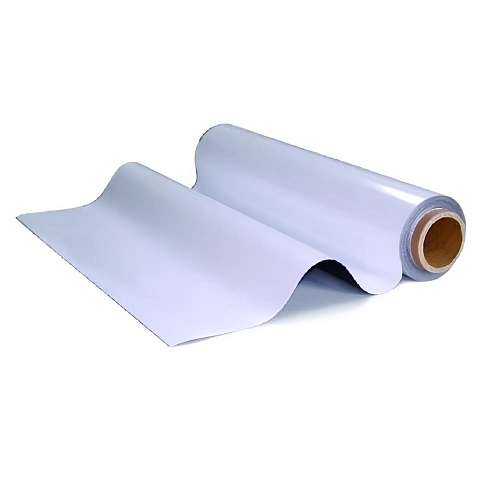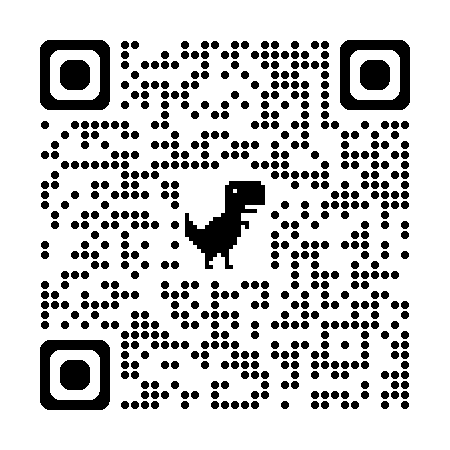Everything You Need to Know About Using Inkjet Stickers for Personal and Professional Projects
Release Date : 2025.05.16
Inkjet stickers have become increasingly popular for both personal crafting and professional branding. With the right printer and materials, anyone can create high-quality, durable stickers at home or in the office.
What Is an Inkjet Sticker?
- Definition: An inkjet sticker is a type of printable adhesive paper designed specifically for inkjet printers. It allows users to print custom designs, logos, and images with vibrant color and sharp detail.
- Material Types: Inkjet stickers are available in a variety of finishes including matte, glossy, and transparent. Each type offers different visual effects and levels of durability.
- Applications: Inkjet stickers can be used for labeling products, decorating journals, customizing packaging, personalizing laptops, and much more.
Benefits of Using Inkjet Stickers
- Customization: With inkjet stickers, users have full control over design, size, and shape. This flexibility makes them ideal for creative projects and personalized branding.
- Cost-Effective: Producing stickers in-house with an inkjet printer is more affordable than outsourcing small sticker batches, especially for startups and hobbyists.
- Easy to Use: Most inkjet sticker sheets are compatible with standard inkjet printers and require no special equipment.
- High-Quality Output: When paired with good printer settings and quality paper, inkjet stickers offer professional-looking results.
- Versatility: Inkjet stickers adhere to many surfaces including glass, plastic, cardboard, and metal.
How to Print Inkjet Stickers at Home
- Choose the Right Paper: Purchase inkjet-compatible sticker paper from a reputable supplier. Ensure it matches the finish (matte, glossy, or transparent) that suits your project.
- Prepare Your Design: Use graphic design software like Canva, Adobe Illustrator, or free tools like GIMP to create your sticker design.
- Printer Settings: Set your printer to the highest quality print mode and select the appropriate paper type. This helps achieve crisp lines and vibrant colors.
- Test Print: Before printing on your actual inkjet sticker sheet, do a test run on regular paper to ensure alignment and color accuracy.
- Print and Dry: Once satisfied, print your design on the inkjet sticker paper. Allow the ink to fully dry before handling to avoid smudging.
Tips for Better Results with Inkjet Stickers
- Use Pigment Inks: If your printer supports it, use pigment-based inks instead of dye-based. They’re more resistant to fading and water damage.
- Laminate for Durability: If your inkjet sticker will be exposed to water or frequent handling, consider laminating the surface with a clear adhesive sheet.
- Cut Precisely: Use a precision cutting tool or a cutting machine (like Cricut or Silhouette) for clean edges and custom shapes.
- Storage: Keep unused inkjet sticker sheets in a cool, dry place to maintain adhesive strength and prevent curling.
- Surface Preparation: Clean the surface where the inkjet sticker will be applied to ensure better adhesion and longer-lasting results.
Popular Uses for Inkjet Stickers
- Small Business Branding: Create product labels, thank-you stickers, and logo seals to enhance your brand presentation.
- Crafting and Scrapbooking: Personalize scrapbook pages, journals, and handmade gifts with creative sticker designs.
- Event Planning: Use inkjet stickers for custom name tags, party favors, and invitation seals.
- Home Organization: Label storage containers, kitchen jars, and office supplies for a tidy and efficient space.
- Educational Tools: Teachers and parents use inkjet stickers to create visual learning aids, reward charts, and interactive activities.
Common Mistakes to Avoid When Using Inkjet Stickers
- Wrong Paper Type: Using laser sticker paper with an inkjet printer will produce poor results and could damage your equipment.
- Skipping Test Prints: Always print a test version to avoid wasting materials.
- Overhandling: Touching the printed side before it's dry can lead to smudging and faded colors.
- Ignoring Printer Maintenance: Regularly clean your print heads to avoid streaks and inconsistencies on your inkjet stickers.
- Not Sealing Outdoor Stickers: Inkjet stickers exposed to water or sunlight should be sealed to prevent fading or peeling.
Inkjet stickers are a powerful and affordable way to add a personal or professional touch to a wide range of items. With proper materials and techniques, you can create stunning designs right from your home or office. Whether you're a business owner, crafter, or educator, mastering the use of inkjet stickers opens up endless creative possibilities. Make sure to experiment, refine your process, and enjoy the versatility that inkjet stickers offer.








































